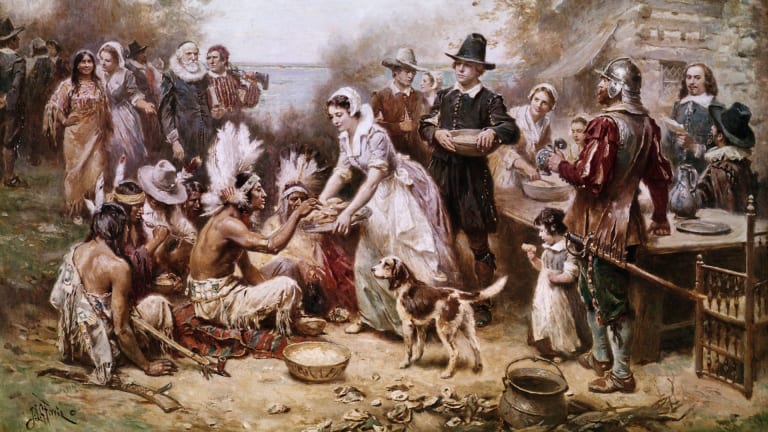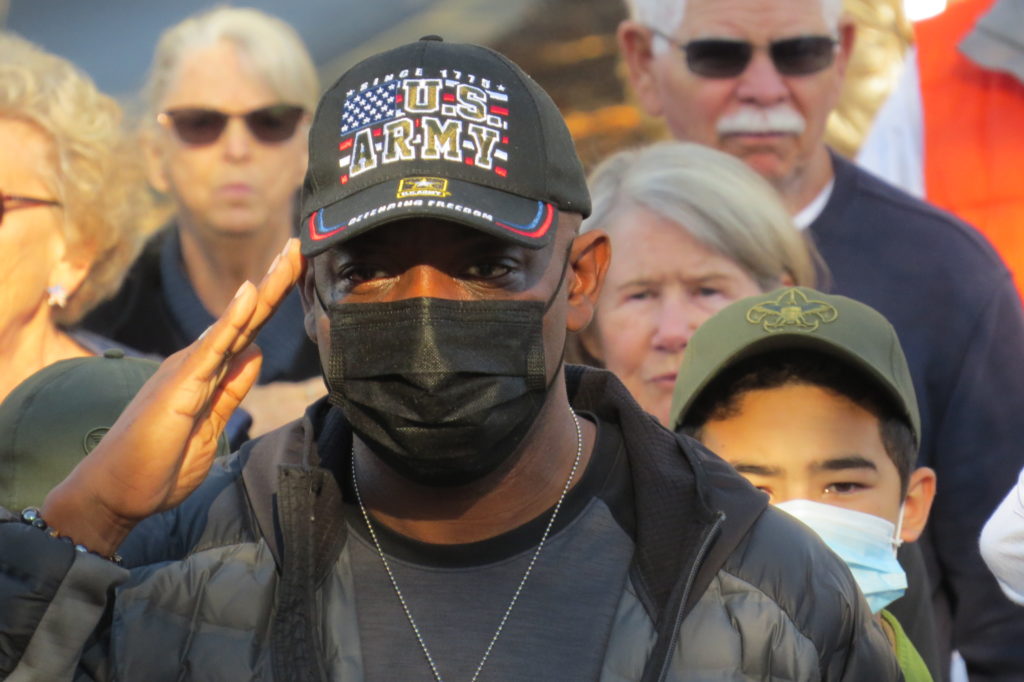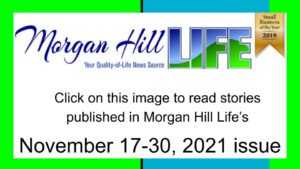We encourage family and friends to consider at their Thanksgiving Day gatherings the blessings many South Valley residents enjoy throughout the year.

Editorial is the opinion of Morgan Hill Life
As family and friends gather together, there will be plenty of people hitting the road for Thanksgiving the last Thursday of November. Among them will be many South Valley residents. AAA’s 2021 Thanksgiving Travel Forecast estimates 53.4 million Americans will be traveling during the four-day holiday weekend. If you’re among them, please drive or fly safely to your destination.
 Let’s remember the meaning of Thanksgiving Day goes beyond just stuffing our stomachs and watching football games as we fall into a snooze on the living room couch. It’s a celebration of the harvest and other blessings of the past year. Americans believe their Thanksgiving is modeled on a harvest feast that took place exactly 400 years ago in 1621. At that dinner English colonists — a group that has gone down in history as Pilgrims — and the Wampanoag people met in Plymouth for a community meal.
Let’s remember the meaning of Thanksgiving Day goes beyond just stuffing our stomachs and watching football games as we fall into a snooze on the living room couch. It’s a celebration of the harvest and other blessings of the past year. Americans believe their Thanksgiving is modeled on a harvest feast that took place exactly 400 years ago in 1621. At that dinner English colonists — a group that has gone down in history as Pilgrims — and the Wampanoag people met in Plymouth for a community meal.
That historic Thanksgiving event began with the colonists going out “fowling,” hunting not for wild turkeys but geese and ducks. In one day they killed a large quantity of birds that would feed the colonists for a week. The 50 colonists were surprised by the sudden appearance of 90 Wampanoag Indians at the settlement’s gate.
Friendships were formed and during the next few days the two groups socialized at their feast. The Wampanoag contributed venison. The food served included fowl and fish, eels, shellfish, stews, vegetables, and beer. Compare that to the traditional fare of our modern Thanksgiving meal where turkey, bread stuffing, potatoes, cranberries, and pumpkin pie are served.
 The Plymouth settlement had few buildings and manufactured goods, so most people ate outside while sitting on the ground or on barrels with plates on their laps. The men fired guns, ran races, and drank liquor, struggling to speak in broken English and Wampanoag. The festive gathering resulted in sealing a treaty between the Pilgrims and Native Americans that lasted until King Philip’s War (1675–76), in which hundreds of colonists and thousands of Native Americans lost their lives.
The Plymouth settlement had few buildings and manufactured goods, so most people ate outside while sitting on the ground or on barrels with plates on their laps. The men fired guns, ran races, and drank liquor, struggling to speak in broken English and Wampanoag. The festive gathering resulted in sealing a treaty between the Pilgrims and Native Americans that lasted until King Philip’s War (1675–76), in which hundreds of colonists and thousands of Native Americans lost their lives.
Thanksgiving Day became an official holiday during the Civil War when the nation faced hundreds of thousands of deaths as a result of the division between the states. Sarah Josepha Hale, the editor of the popular magazine Godey’s Lady’s Book, campaigned for a day of giving thanks to promote unity among Americans. She won the support of President Abraham Lincoln, and on Oct. 3, 1863, he proclaimed a national day of appreciation of our blessings to be celebrated by the war-weary nation.
 We encourage family and friends to consider at their Thanksgiving Day gatherings the blessings many South Valley residents enjoy throughout the year.
We encourage family and friends to consider at their Thanksgiving Day gatherings the blessings many South Valley residents enjoy throughout the year.
It’s especially good to appreciate our bounty during a time of a global pandemic. Among our blessings, let us consider the natural beauty of Santa Clara County with its abundance of county parks and Henry W. Coe State Park where we can enjoy hikes in the wilderness. Let us all also remember the freedoms that come from living in the American democracy — and we can always give special thanks to the men and women who served in uniform in the armed forces for their vital role in protecting our nation.
With Thanksgiving Day, let’s enjoy an opportunity to join together as the Pilgrims and Wampanoag did 400 years ago — and remember we have much in common as members of the human family.






